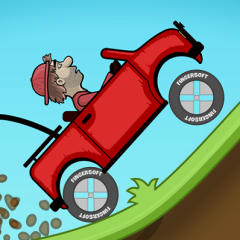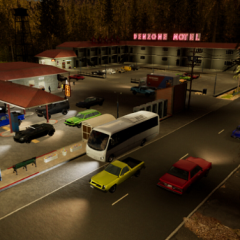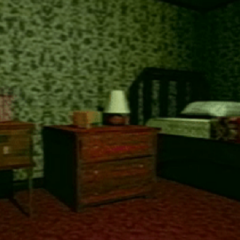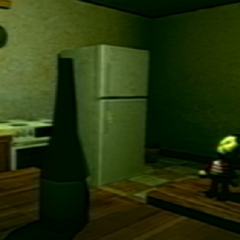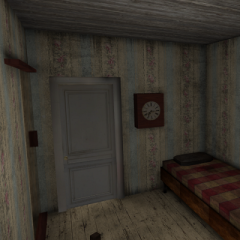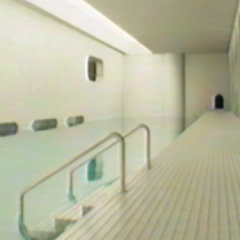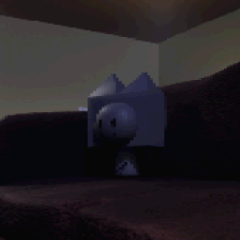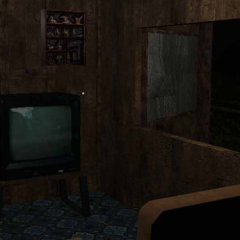Operational Framework
The facility is divided into multiple interconnected zones, each with unique requirements for monitoring and maintenance. Some areas handle sensitive experiments, others store high-value equipment, and several contain advanced security measures to prevent any unauthorized activity. In Suitborn, success depends on maintaining balance between proactive upkeep and rapid reaction to unexpected incidents. Ignoring a minor malfunction can allow it to escalate into a serious hazard, requiring more resources and time to contain.
Core Systems Under Control
Players must engage with a range of key systems to keep the facility secure:
- environmental controls including air filtration and climate regulation
- energy management for primary and backup power sources
- surveillance through motion, sound, and thermal sensors
- security gates and restricted access control
- automated hazard suppression systems
- data monitoring for early detection of anomalies
Managing these systems effectively requires both technical oversight and strategic planning. A failure in one area can have consequences across multiple sectors, forcing the player to prioritize responses carefully.
Team-Based or Solo Operations
Suitborn can be played alone or with others, but the approach changes drastically depending on the choice. Solo operators must take responsibility for all aspects of the facility, moving quickly between sectors to handle simultaneous problems. Multiplayer sessions allow for division of labor, where each team member specializes in a specific set of systems or zones. In cooperative play, communication becomes as important as technical skill, as even a brief miscommunication can leave a sector exposed to risk.
Adaptive Containment Challenges
The subject within the facility does not remain static. Its behavior evolves based on how the player interacts with it and how the containment systems are maintained. Patterns that work in early cycles may become ineffective as the subject adapts, forcing constant reevaluation of strategies. The unpredictability of this evolution means that complacency is dangerous—routine must always be balanced with flexibility. Over time, the facility itself may develop new risks, adding layers of complexity to each operational cycle.



